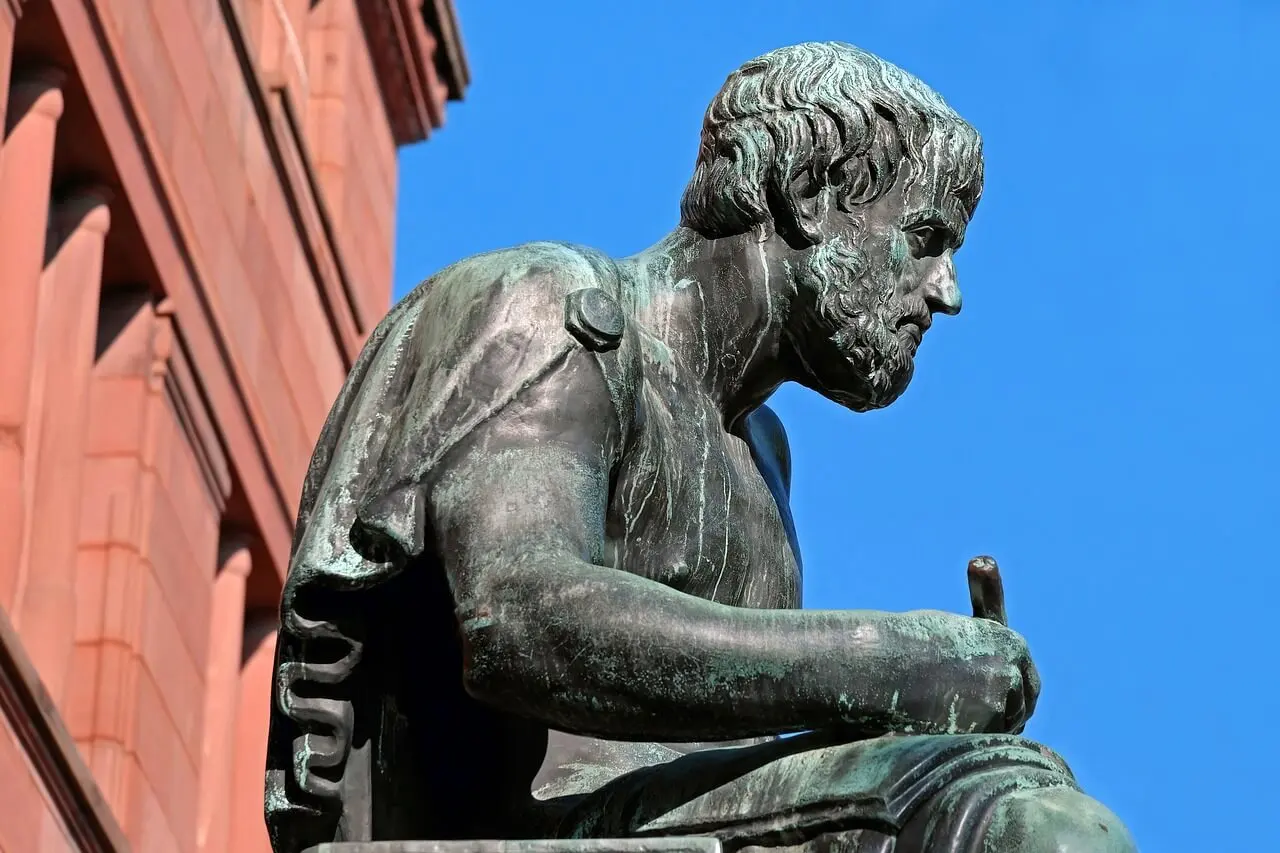The Vienna Circle and Its Importance for the Modern World


Written and verified by the philosopher Maria Alejandra Morgado Cusati
The Vienna circle was a scientific and philosophical movement founded in 1921 by Moritz Schlick in the Austrian city of the same name. It consisted of an extraordinary group of philosophers, mathematicians, natural scientists and humanities scholars who met regularly to develop and propagate a scientific worldview.
This movement, originally known as the Vienna Circle for the Scientific Worldview, was primarily concerned with the logic of science. It therefore set out to create a common language within all the sciences, based on physics and fostered by philosophy.
Furthermore, it believed that the aim of philosophy as a discipline was to distinguish between what science it and what it isn’t. Let’s take a detailed look at what the movement consisted of and what its importance was in the modern world.
Background
The roots of the Vienna circle can be summarized in several edges. We’ll give you a summary here.
Aristotle’s notion of truth
For Aristotle, truth refers to a correspondence between saying and being. This means that saying things as they really are is synonymous with true discourse.
However, the Vienna circle appropriated this notion, but reformulated it, establishing that truth is a correspondence between propositions and facts. Therefore, scientific statements can be verified to the extent that they correspond to facts, or empirical observations must coincide with the predictions made by science.

Logical empiricism
Also called logical positivism or neopositivism, this is a philosophical current that limits the validity of knowledge to the empirical and the verifiable. This view is believed to be more extreme and sophisticated than pure positivism.
It defines scientific knowledge as the precise description of theoretical models invariant in time and space, elaborated from observed phenomena.
The Vienna circle merges with this current and affirms that there’s no valid knowledge derived solely from reason or a priori. Thus, the only green statements are those that can be contrasted and verified by objective evidence.
We think you may find this article interesting, too: Important Teachings of Confucius Regarding Psychology and Philosophy
A revolution in physics
Einstein’s contributions to the understanding of space-time and gravity, as well as the development of quantum mechanics with its explanations of the atomic and nuclear structure of reality, were key events that drove the creation of this scientific and philosophical movement.
Mathematical logic
The creation of mathematical logic by Bertrand Russell and Alfred Whitehead in 1905, as well as Gottlob Frege’s research on the nature of linguistic representation, influenced the creation of the Vienna circle.
These contributions led to the construction of a logical language, elaborated on the basis of certain propositions, which would make it possible to analyze scientific concepts and clarify philosophical problems.
The foundation and development of the Vienna circle
As we’ve already said, the Vienna circle was created in 1921 by Moritz Schlick in the city of Vienna. In the beginning, the purpose of the organization was to form an informal discussion group on scientific issues. However, it became the main ideological core of logical neopositivism and philosophy of science.
Many of its members were physicists, mathematicians, scientists, and philosophers who shared common interests in philosophy within science. They also rejected the academic metaphysics that, at that time, predominated in central Europe.
Among its most prominent members, we can mention the following:
- Otto Neurath
- Philipp Frank
- Victor Kraft
- Felix Kaufmann
- Friedrich Waismann
Although it was founded in 1921, it was not until 1929 that they would produce their first official manifesto, entitled The Scientific Worldview. In this work, they proposed philosophy as the main instrument to generate a common language for the different scientific disciplines, relegating it to this sole function. The founders of the movement aspired to build a scientific philosophy.
It’s essential to construct a scientific language that avoids pseudo-problems and allows a person to state a hypothesis and formulate its control through observational statements. -Otto Neurath
The characteristics of the Vienna Circle
To better understand what this movement consisted of and what were its most significant contributions, we’ll present its main characteristics below:
- The project of the Vienna circle was to construct a scientific philosophy.
- It rejected metaphysics and theology insofar as the construction of its postulates dispensed with the sensible and the empirical. Therefore, it assumed that the presuppositions of these disciplines lacked meaning since they weren’t related to observable facts.
- The vision of reality and of science of the members was framed within logical positivism. Symbolic logic played an important role with regard to scientific knowledge.
- It advocated that the task of philosophy was solely to clarify its own problems.
- It influenced a wide variety of disciplines, such as physics, mathematics, geometry, biology, psychology, and the social sciences.

Like this article? You may also like reading: Philosophy of Mind: The Relationship Between the Mind and the Brain
Dissolution of the Vienna circle
The Vienna circle offered important contributions and advances both in philosophy and in the various branches of science. However, the coming to power of Hitler and the anti-Semitic forces put an end to this organization.
The beginning of the dissolution came in 1936, with the murder of Moritz Schlick by a former student who sympathized with Nazi ideology. The author of the crime was imprisoned, but he was released two years later, justifying that his actions prevented the propagation of harmful and threatening doctrines for the nation.
This murder, in addition to the later rise of Nazism, the annexation of Austria to the German regime, and the persecution of the Jews that followed, would cause almost all the members of the Vienna circle decided to flee to different countries (most of them to the United States). There, they would continue to develop their philosophy, but no longer as a group.
In 1938, the circle’s publications were banned in Germany, and a year later, the group’s last work, entitled International Encyclopedia of Unified Science, was published.
Today, the Vienna circle represents one of the most important international philosophical movements of the twentieth century. Its contributions influenced the development of analytic philosophy and the philosophy of science.
All cited sources were thoroughly reviewed by our team to ensure their quality, reliability, currency, and validity. The bibliography of this article was considered reliable and of academic or scientific accuracy.
- Creath R. Logical Empiricism [Internet]. California: Stanford Encyclopedia of Philosophy; 2017 [consultado el 8 de junio de 2022]. Disponible en: https://plato.stanford.edu/entries/logical-empiricism/
- Lorenzano P. Presentación de La concepción científica del mundo: el Círculo de Viena. Redes [Internet]. 2002 [consultado el 8 de junio de 2022]; 9(18): 103-149. Disponible en: https://www.redalyc.org/pdf/907/90701805.pdf
- Uebel T. Vienna Circle [Internet]. California: Stanford Encyclopedia of Philosophy; 2020 [consultado el 8 de junio de 2022]. Disponible en: https://plato.stanford.edu/entries/vienna-circle/
This text is provided for informational purposes only and does not replace consultation with a professional. If in doubt, consult your specialist.








